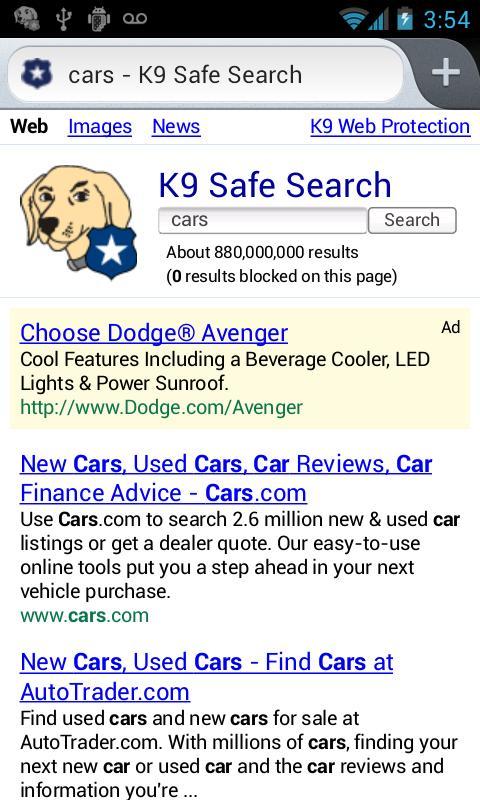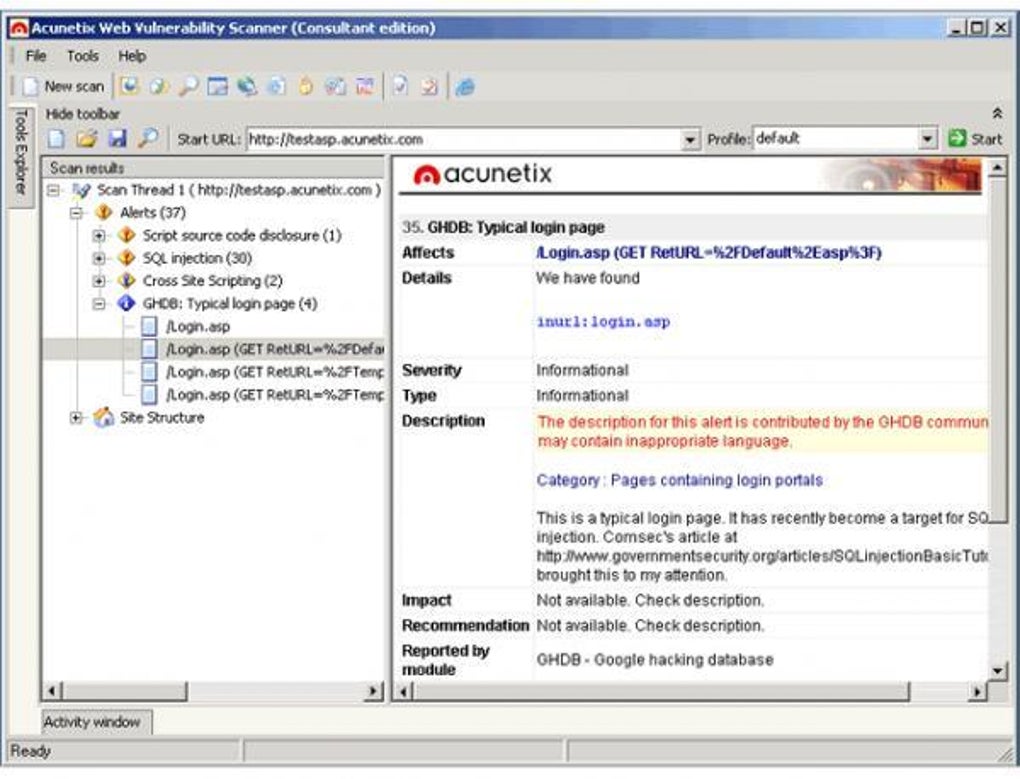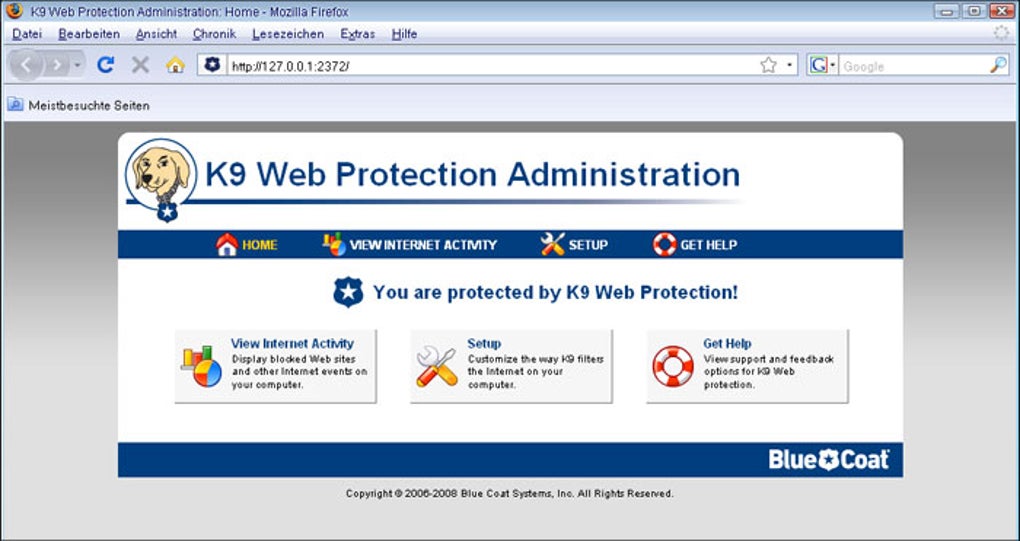
As can be imagined Blue Coat and Symantec had a handful of similar products and unfortunately, it didn’t make sense to maintain two competing products. (K9’s parent company) was acquired by cybersecurity leader Symantec™. We’ve worked together to make the Internet a much safer place for our families and communities. For years, many of you have been using the award-winning K9 application to protect your computers, children, and organizations from spyware, malware, adult content and other threats and risky interactions. “We’re immensely grateful for the loyalty of our K9 Web Protection customers. Then just copy the location into you Always Allowed list.The official “end-of-life” statement for K9 Web Protection from Symantec You can find the page by looking at the page source in your browser and looking where the pages ending in. Note that many large sites keep their style-sheets (the page that gives the page decoration) on a different website so you will need to add that page as well to get the site to look normal. K9 will make sure to not let you connect securely.įinally to create a whitelist just choose custom setting, and block all topics, and on the Always Allowed page add the sites you want. The way round this is to block the Search Engine topic, and to specifically let in your Always Allowed list. That is why if you need Google open, you should not open the topic of Search Engines, because even though Safe Search will be enforced at the address, it will not be enforced at. This should always be checked! However know that if you connect to a site which you have allowed, and you access that site securely, K9 will not be able to stop you changing the safe search settings. K9 also lets you enforce safe search on all sites. Always leave this checked! When this is not checked it is as if there is no filter on your computer! When this is checked and K9 sees a secure request going to a blocked website, they simply block the port to the website and your browser will report that it cannot reach the website.

To counter this, K9 have created an option under Advanced Settings to filter secure traffic.
#Does k9 web protection work google chrome full#
Therefore even if the site is blocked under the K9 settings, you will still have full access to that page. But because the page is secure, K9 cannot fiddle with it to redirect you to their block-page.
#Does k9 web protection work google chrome code#
This means that your computer receives the data in code and the computer then decrypts it. Large sites however with sensitive data will redirect you to their https (or http secure)site. When K9 blocks your page, they redirect you to their own block-page. This means the data from the website holding the information is sent normally. There are also two types of page requests. The second and this is the method of K9 is to put a filter on the computer, that when an internet page is received and it doesn't like it, it blocks your computer from showing it to you.

The first is a filter that stops certain pages being available from the internet.

As to your second question if you choose a custom setting and block everything, then you can specify in the exceptions page the pages that you allow. To stop this from happening, go to Advanced Settings and choose ' filter secure traffic'. Some sites will force you to use their secure code so it isn't your choice. This sends the page in code and the filter cannot intercept it.

You are accessing webpages with a protocol that begins with instead of http. Actually because this is going to be a pretty long post, let me just first give it in short for those who cant be bothered going through the whole thing. You've touched on one of the more complicated parts of Internet filters.


 0 kommentar(er)
0 kommentar(er)
